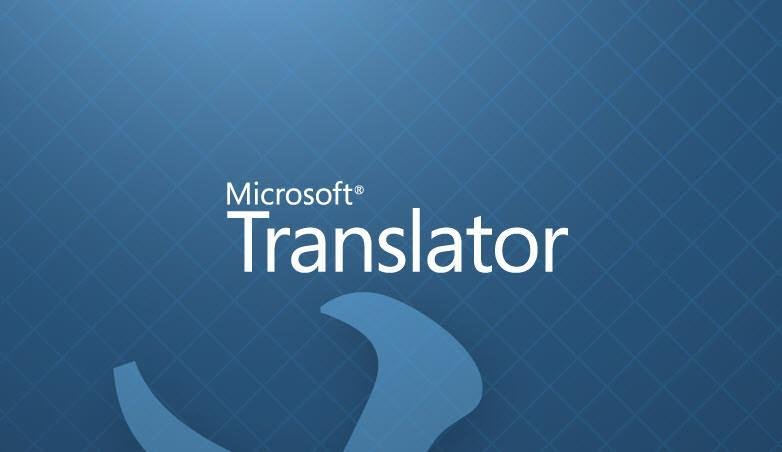Microsoft announced yesterday the extension of functionalof Microsoft Translator in 100 languages in total.

The latest update to Microsoft Translator offers support for 12 new languages and dialects. Baskir, Divehi, Georgian, Kyrgyz, Slavo-Macedonian, Mongolian (Cyrillic), Mongolian (Traditional), Tatar, Tibetan, Turkmen, Uighur and Uzbek (Latin).
The 12 new languages are spoken by more than 84,6 million people worldwide and so they can now use Microsoft Translator to communicate with people from other countries and vice versa. Microsoft says advances in artificial intelligence technologies have allowed the company to expand its list of supported languages and thus help keep "low-demand" and endangered languages.
For example, Microsoft Translator supports unusual dialects and languages, such as Inuktitut, which are spoken by about 40.000 people in Canada. Microsoft's efforts to expand its translation capabilities are helping more than just the common man users but also businessmen in their commercial transactions.
Το Microsoft Translator είναι διαθέσιμο μέσα από διάφορα προϊόντα και λειτουργικά συστήματα. Οι χρήστες μπορούν να έχουν access to the service from the web, from Android and iOS.
In Windows, however, Microsoft Translator is available only through the web interface. Although the site urges users to install Microsoft Translator for Windows, the latter is no longer available as Microsoft stopped its design a while ago.
You can read more about Microsoft Translator and its latest milestone in one blog post on the official website. The Android app is available from Google Play Store and for iOS from the App Store.





